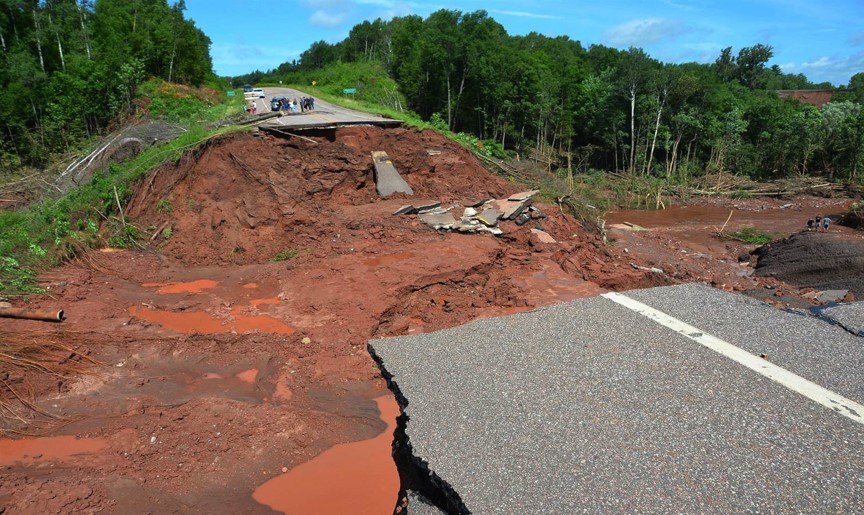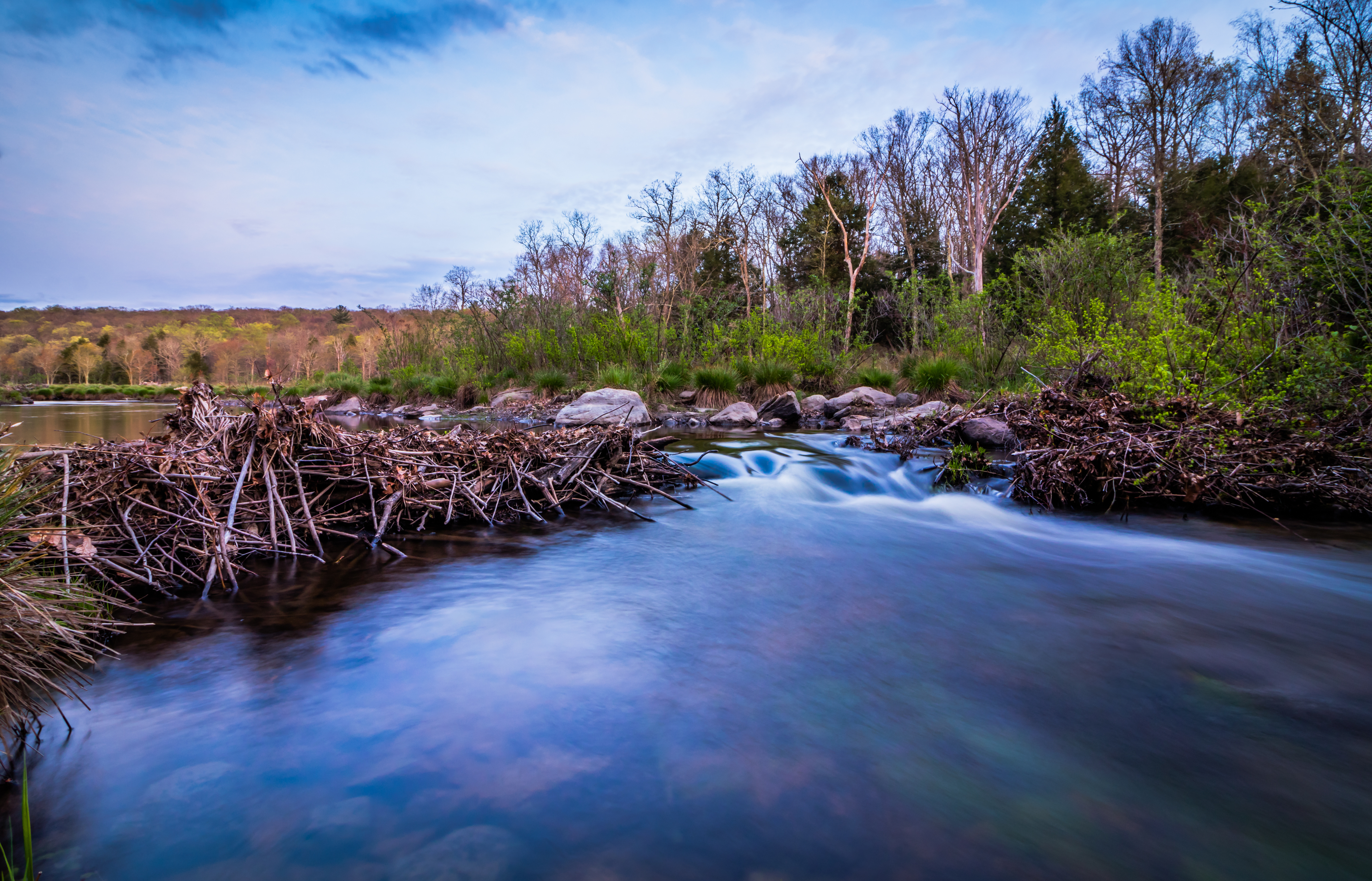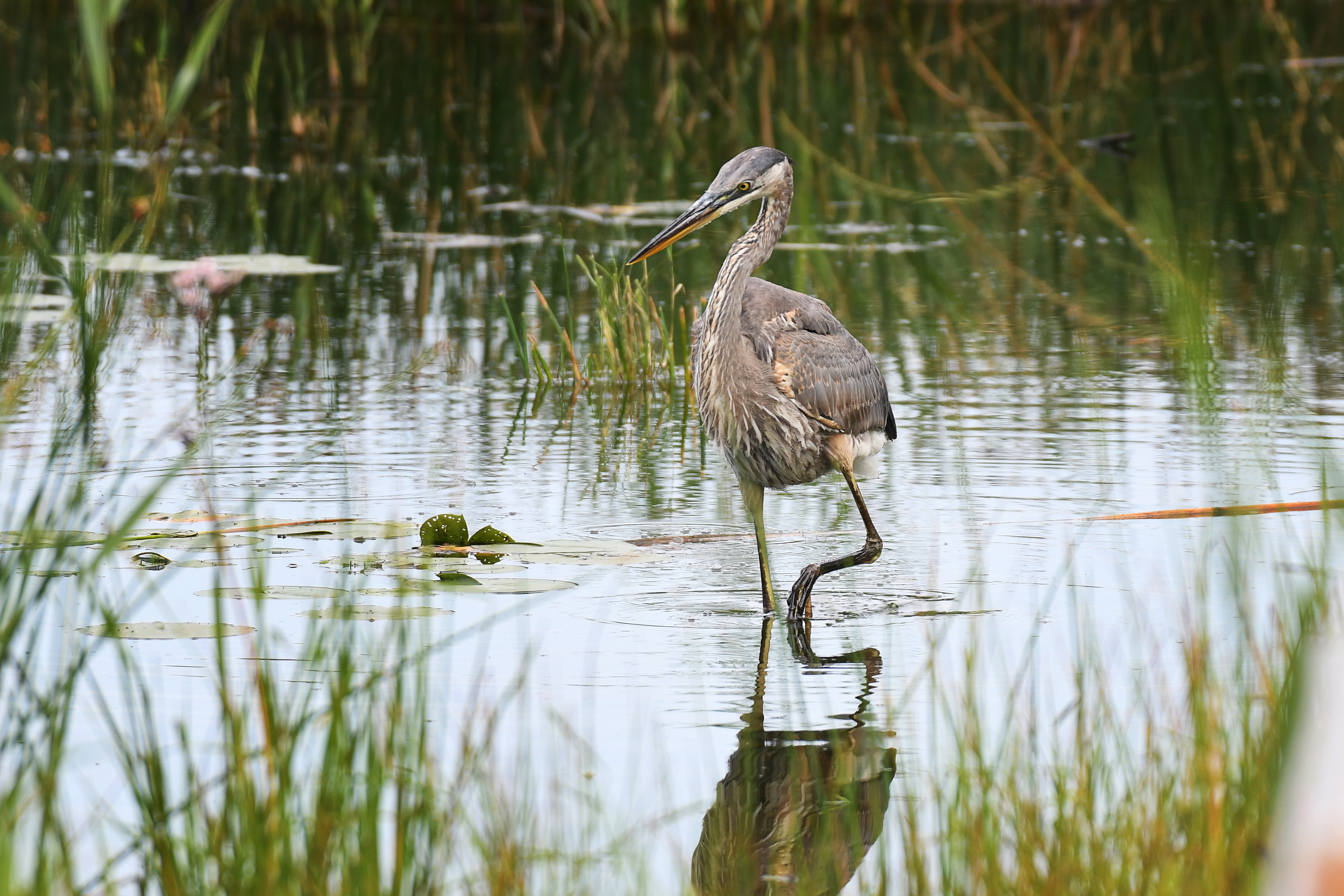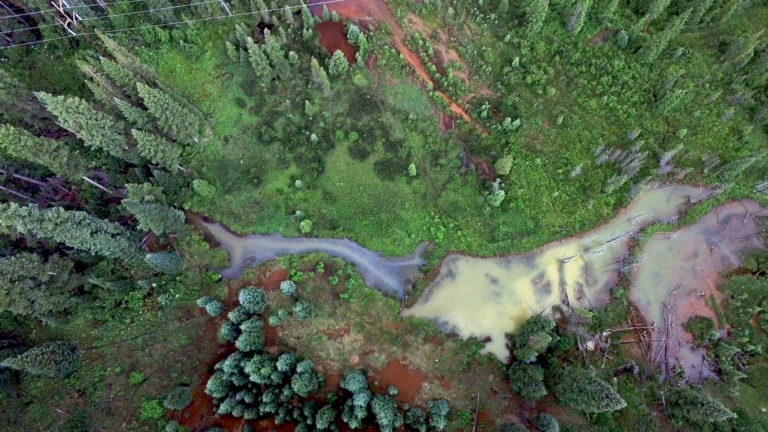As the climate warms and changes due to the ever-increasing amount of greenhouse gases in the atmosphere, the Upper Midwest has seen an increase in storm cells which release large amounts of precipitation over localized areas in a short amount of time, at times causing extensive flood damage.
Prior to European settlement, the landscape of the Northwoods was dominated by beaver colonies along streams, their dams creating a network of braided rivulets which would spread rainfall across floodplains and into numerous wetland ponds. As humans have altered the landscape for agriculture and development, the tendency has been to funnel excess water into drainage ditches and swiftly flush it downstream. With the streams largely undammed, the volume of water passing downstream can swiftly grow out of control in a rainstorm event.
Ashland, WI saw one such storm on July 11, 2016, when around 10 inches of rain fell in 8 hours, effectively turning the Bad River into a firehose which completely washed out a section of US Hwy 2 in the Bad River tribal reservation:

Damage costs to infrastructure from flooding have been enormous recently, and are only expected to increase as "100-year" flood events occur more frequently. So how can we build more resiliency and stability into the landscape? 
Beavers are keystone species in that they help define and build entire wetland ecosystems, thereby triggering trophic cascades of productivity and species richness. Beavers as ecosystem engineers create wetlands that support biodiversity and restore the hydrology of rivers, improving water quality and stabilizing watersheds.
Because they are so impactful, beavers are not always welcomed by landowners, but the presence of beaver dams offers significant benefits:


